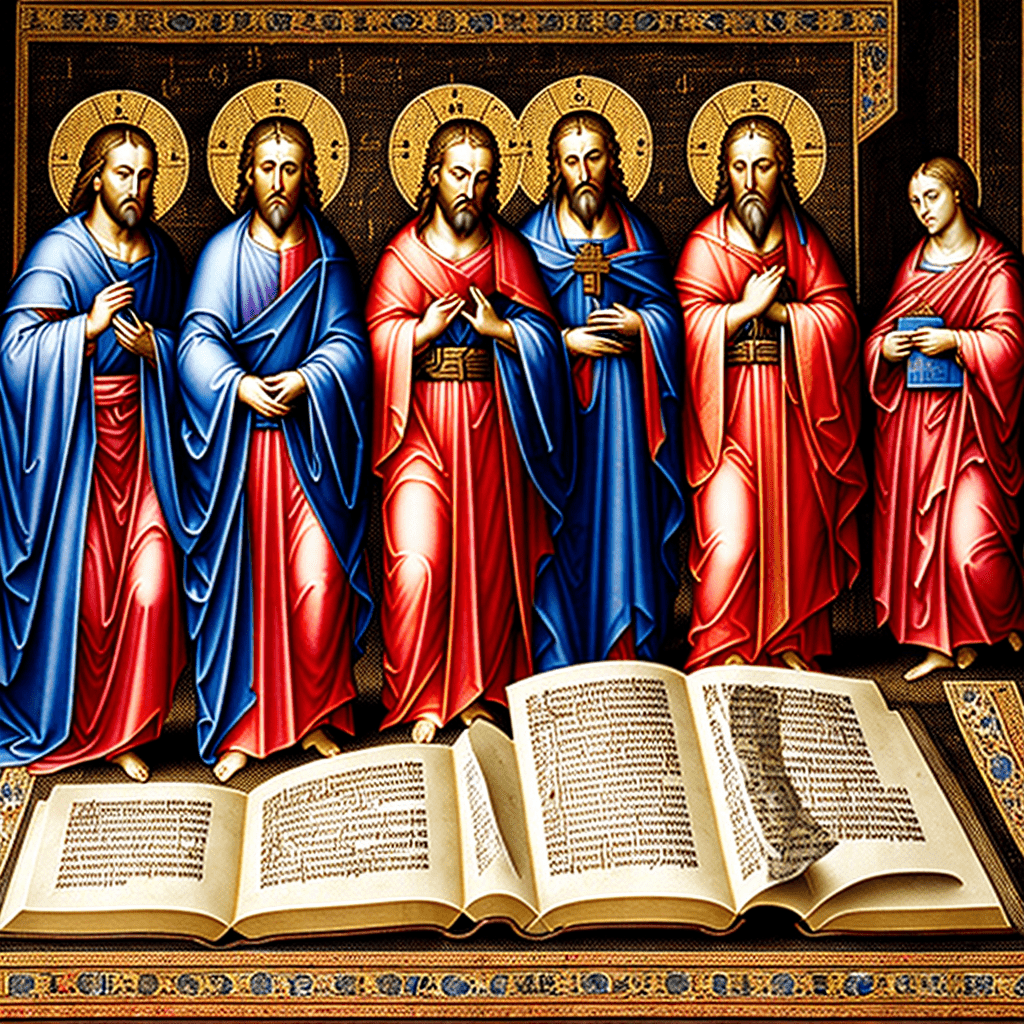Unveiling the Secrets: The Significance and Discovery of the Dead Sea Scrolls

The Dead Sea Scrolls represent one of the most remarkable archaeological discoveries of the 20th century, offering invaluable insights into the ancient world and the development of religious thought. These ancient manuscripts, found in the vicinity of the Dead Sea, shed light on the texts and beliefs of various Jewish sects during the Second Temple period. In this post, we will explore the significance of the Dead Sea Scrolls, their historical context, their contents, and their impact on our understanding of biblical and Jewish history.
I. The Discovery of the Dead Sea Scrolls: A. Uncovering the Scrolls: In the mid-20th century, a shepherd stumbled upon the first set of scrolls in the caves near the Dead Sea, leading to subsequent expeditions and the discovery of additional scrolls over the years. B. Historical Context: The Dead Sea Scrolls are believed to have been written and hidden by Jewish communities living near the Dead Sea between the 2nd century BCE and the 1st century CE.
II. Contents of the Dead Sea Scrolls: A. Biblical Texts: The Dead Sea Scrolls contain copies of various biblical texts, including fragments from almost every book of the Hebrew Bible (Old Testament), offering important textual insights and confirming the accuracy of transmission over time. B. Sectarian Texts: The scrolls also include non-biblical writings that provide unique perspectives on the beliefs, practices, and community life of different Jewish sects, such as the Essenes and the community at Qumran. C. Apocryphal and Pseudepigraphal Texts: Some scrolls include writings not included in the traditional biblical canon, such as the Book of Enoch and the Book of Jubilees, offering insights into the diverse religious literature of the time.
III. Significance of the Dead Sea Scrolls: A. Historical and Cultural Context: The scrolls provide a window into the historical and cultural milieu of Second Temple Judaism, offering valuable information about Jewish society, religious practices, and theological debates of the time. B. Biblical Scholarship: The Dead Sea Scrolls have revolutionized biblical scholarship, providing earlier and more authentic manuscripts for comparison and contributing to the understanding of textual variants and the development of the biblical canon. C. Influence on Judaism and Christianity: The scrolls have illuminated the diversity of Jewish thought and practice during the Second Temple period, shedding light on the roots of early Christianity and the context in which Yeshua and his disciples lived.
IV. Impact and Legacy of the Dead Sea Scrolls: A. Preservation of Ancient Texts: The discovery of the scrolls has preserved ancient texts that would otherwise have been lost to time, allowing scholars and the public to study and appreciate the rich heritage of Jewish and biblical history. B. Interfaith Dialogue: The Dead Sea Scrolls have fostered interfaith dialogue and a deeper understanding of the shared roots and divergent theological paths of Judaism and Christianity, promoting dialogue and cooperation among scholars and religious communities. C. Continued Research: Ongoing research and analysis of the Dead Sea Scrolls continue to provide new insights into the ancient world, enriching our understanding of Jewish history, biblical studies, and the development of religious thought.
Conclusion: The discovery of the Dead Sea Scrolls has opened up new vistas of understanding and appreciation for the rich tapestry of Jewish and biblical history. These ancient manuscripts offer a glimpse into the religious, cultural, and theological world of Second Temple Judaism and have greatly influenced our understanding of the Bible and the roots of both Judaism and Christianity. As the research and study of the Dead Sea Scrolls continue, we can expect further revelations and a deeper appreciation of the diverse traditions and beliefs that shaped the ancient world.

